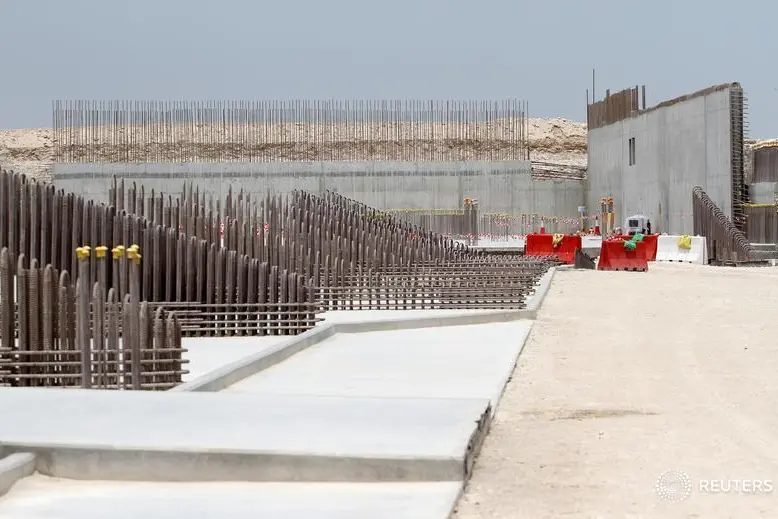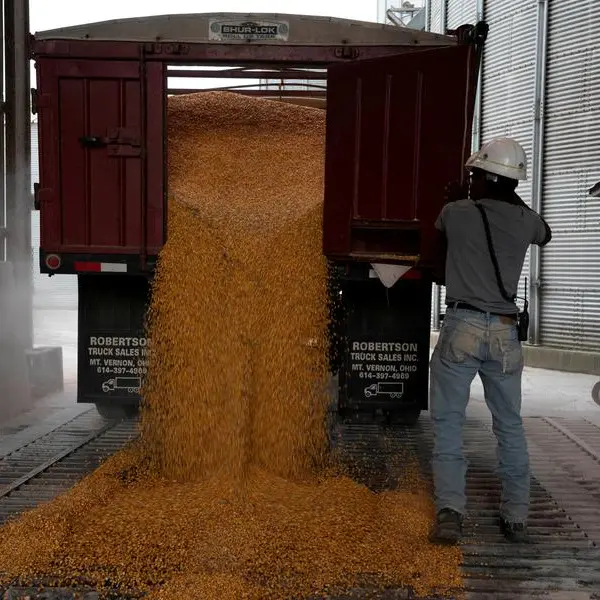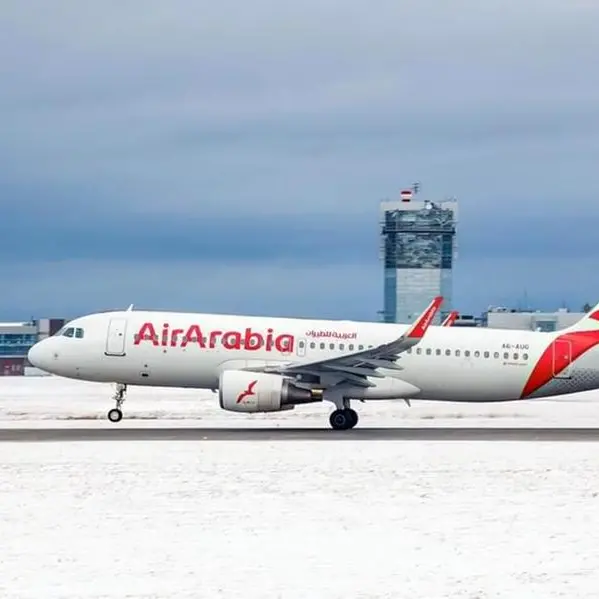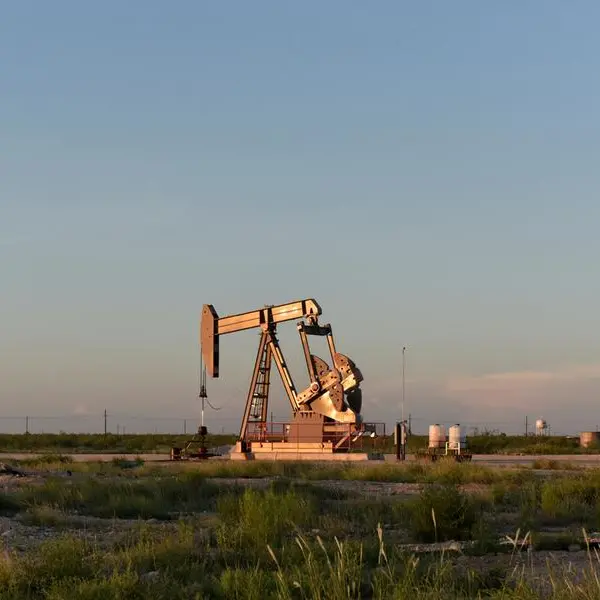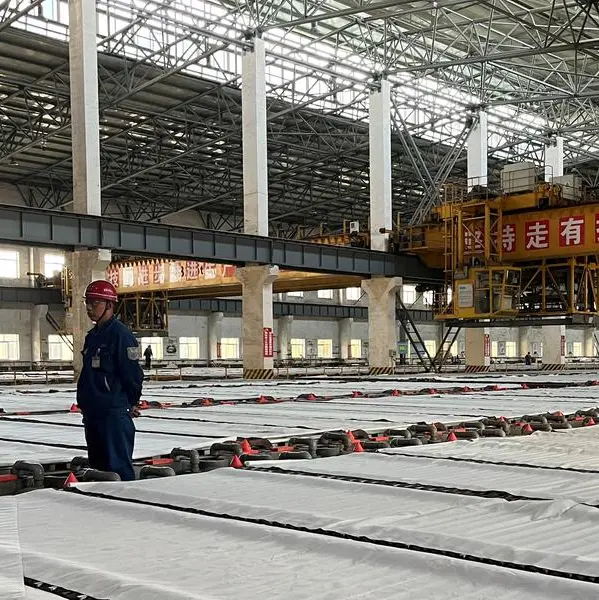PHOTO
04 March 2017
With many of Qatar’s large infrastructure projects already tendered, industry players from some of Qatar’s biggest construction companies have highlighted that they expect contracts in the future to be mainly for medium-sized projects.
“The days of projects valued at QR7bn-QR10bn ($1.9bn-$2.7bn) are over. One of the main reasons larger projects are being conducted in phases is to keep the amount of work consistent, as the overall industry will not have as much work in the coming years.” Oxford Business Group (OBG) quoted Philippe Tavernier, CEO of local construction firm QDVC, as saying.
Quoting top government authorities OBG said all major tenders have been awarded for the $40bn Lusail City north of Doha, with an estimated 80 percent of infrastructure work already finished, according to media reports. Slated for completion by 2018, Lusail City aims to accommodate more than 200,000 inhabitants in 19,000 multi-purpose districts. Work is also progressing quickly on the country’s planned rail networks.
To deal with the increase in imports precipitated by the construction pipeline, the Qatar Primary Building Company (QPBC) – which supplies the country with the majority of its building materials through its Port of Mesaieed terminal – teamed up with Australian management and consultancy firm Aurecon last year. Efficiency strategies developed by Aurecon via simulation modelling are expected to help boost the terminal’s annual throughput capacity from 16.6m tonnes currently to 30m tonnes, while also helping reduce unloading times from 50 to 20 hours, OBG noted in its latest report.
The Port of Hamad is also undergoing major expansion. The first phase of the project came on-line in early December, increasing total container handling capacity from 750,000 to 2m twenty-foot equivalent units (TEUs) per year. Once all phases are complete, the port will have a capacity of 6m TEUs a year and comprise a general cargo terminal, multi-use terminal, offshore supply base and centralised Customs area.
One segment expected to profit through in the coming years is the equipment rental sub-sector, with the high cost of equipment and the entry of foreign companies to the market on a per-project basis prompting an increase in rental contracts. The rental equipment market is forecast to surpass $1.9bn by 2022, with cranes and earth-moving equipment singled out as likely to experience particularly strong demand.
Upcoming tenders that might feed into this segment include the Hamad International Airport expansion project. The airport announced plans last month to increase capacity from 30m passengers to 65m per year by adding a new concourse to the existing terminal. The expansion will be open to international contractors; however, dates for the tenders have yet to emerge.
In the third quarter of 2016 Qatar’s construction industry grew by 12.4 percent year-on-year (y-o-y) and contributed 1.9 percentage points to y-o-y non-hydrocarbon growth. By comparison, financial services contributed 0.9 percentage points, according to Ministry of Development Planning and Statistics data.
This expansion looks set to continue this year, with the total value of contracts awarded expected to climb approximately 40 percent to $26.6bn, according to the “Qatar Construction 2017” report released by Project Qatar in January.
As of last month the Qatar Public Works Authority (Ashghal) was working on projects worth $200bn. In terms of the value of contracts currently under way, buildings contracts account for 49 percent of the total, with infrastructure and energy works representing 33 percent and 18 percent, respectively.
To support the ongoing projects and the rollout of new ones, $26bn of Qatar’s $54bn spending plan for 2017 was allocated for major projects this year. By comparison, $24.9bn was set aside for the same purpose in last year’s budget.
With many of Qatar’s large infrastructure projects already tendered, industry players from some of Qatar’s biggest construction companies have highlighted that they expect contracts in the future to be mainly for medium-sized projects.
“The days of projects valued at QR7bn-QR10bn ($1.9bn-$2.7bn) are over. One of the main reasons larger projects are being conducted in phases is to keep the amount of work consistent, as the overall industry will not have as much work in the coming years.” Oxford Business Group (OBG) quoted Philippe Tavernier, CEO of local construction firm QDVC, as saying.
Quoting top government authorities OBG said all major tenders have been awarded for the $40bn Lusail City north of Doha, with an estimated 80 percent of infrastructure work already finished, according to media reports. Slated for completion by 2018, Lusail City aims to accommodate more than 200,000 inhabitants in 19,000 multi-purpose districts. Work is also progressing quickly on the country’s planned rail networks.
To deal with the increase in imports precipitated by the construction pipeline, the Qatar Primary Building Company (QPBC) – which supplies the country with the majority of its building materials through its Port of Mesaieed terminal – teamed up with Australian management and consultancy firm Aurecon last year. Efficiency strategies developed by Aurecon via simulation modelling are expected to help boost the terminal’s annual throughput capacity from 16.6m tonnes currently to 30m tonnes, while also helping reduce unloading times from 50 to 20 hours, OBG noted in its latest report.
The Port of Hamad is also undergoing major expansion. The first phase of the project came on-line in early December, increasing total container handling capacity from 750,000 to 2m twenty-foot equivalent units (TEUs) per year. Once all phases are complete, the port will have a capacity of 6m TEUs a year and comprise a general cargo terminal, multi-use terminal, offshore supply base and centralised Customs area.
One segment expected to profit through in the coming years is the equipment rental sub-sector, with the high cost of equipment and the entry of foreign companies to the market on a per-project basis prompting an increase in rental contracts. The rental equipment market is forecast to surpass $1.9bn by 2022, with cranes and earth-moving equipment singled out as likely to experience particularly strong demand.
Upcoming tenders that might feed into this segment include the Hamad International Airport expansion project. The airport announced plans last month to increase capacity from 30m passengers to 65m per year by adding a new concourse to the existing terminal. The expansion will be open to international contractors; however, dates for the tenders have yet to emerge.
In the third quarter of 2016 Qatar’s construction industry grew by 12.4 percent year-on-year (y-o-y) and contributed 1.9 percentage points to y-o-y non-hydrocarbon growth. By comparison, financial services contributed 0.9 percentage points, according to Ministry of Development Planning and Statistics data.
This expansion looks set to continue this year, with the total value of contracts awarded expected to climb approximately 40 percent to $26.6bn, according to the “Qatar Construction 2017” report released by Project Qatar in January.
As of last month the Qatar Public Works Authority (Ashghal) was working on projects worth $200bn. In terms of the value of contracts currently under way, buildings contracts account for 49 percent of the total, with infrastructure and energy works representing 33 percent and 18 percent, respectively.
To support the ongoing projects and the rollout of new ones, $26bn of Qatar’s $54bn spending plan for 2017 was allocated for major projects this year. By comparison, $24.9bn was set aside for the same purpose in last year’s budget.
© The Peninsula 2017
